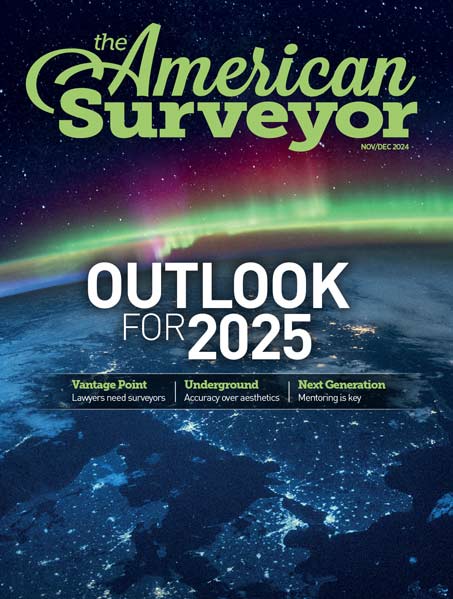Overview
Are you aware of the drastic transformation that took place with the entry of UAVs in surveying? UAV is the short form for Unmanned Aerial Vehicle, also known ASA drone in simple language. The efficiency and results provided by the drone survey greatly benefited sectors like mining, urban planning, agriculture, irrigation, and the geospatial industry.
UAV is used as a flying data collection device in surveying. They are technologically advanced to take high-resolution snapshots and can be equipped with sensors. But what’s wrong with the traditional surveying methods? This article is written to answer this question and more. Keep on reading!
Common Traditional Survey Methods
Traditional survey methods go long back in time. But there are specific methods that are pretty popular and common. Before understanding the functioning of UAVs in surveying, let’s look into the 3 traditional survey methods that are in common practice.
- Scaffolding
It creates a platform to inspect the asset or place from the nearest distance possible. These platforms can be used multiple times by the surveyors. Beyond the benefits of scaffolding, there are serious workplace safety concerns. A piece of equipment or a tool can be dropped by someone at height by mistake. Moreover, malfunctioning of any machinery used for scaffolding is extremely dangerous.
- Rope Access Inspection
Although rope access inspection is safer than scaffolding, it’s not entirely safe. It is performed by a certified rope access technician from IRATA. But no matter how skilled the professional is, the risk of dropping objects and a minor mistake in rope handling can’t be ruled out. And these mistakes are a direct threat to life during rope access inspection.
- Inspection Through MEWP
You can hire MEWPs (Mobile Elevating Work Platforms). They can give direct and close access to difficult areas of a site. But MEWP is not appropriate for all kinds of set-ups. Also, it’s expensive, so not every organization can afford it. Although this method is relatively safer than the others, the possibility of human error, objects falling, or machinery malfunctioning is there.
Major Disadvantages of Traditional Surveying
As you can see in the section mentioned above, the traditional surveys are costly, time-consuming, and require a lot of workforces. But the biggest disadvantage is that you can’t guarantee workplace health and safety with conventional methods.
The survey crew works in remote, vegetated, and undeveloped areas. There are higher chances of accidents. The schedule for completing the survey in such conditions is also unpredictable, posing another issue of crossing your deadline with incomplete work.
Method of Surveying Via UAV
An FAA-certified pilot does the drone survey. This person sends the drone on a pre-planned flight path. The drone collects comprehensive data, images of the terrains, other important snapshots and scans the landscape if required. Once all this information is collected, the drone can also convert the data into 3D and maps into topographical maps.
Advantages of Drone Survey over Traditional Surveying
It must be clear to you how seamless the working of a drone is as against the traditional manual surveys. Here’s the list of primary benefits of UAV surveying over traditional methods of survey.
- Workplace Safety: Let’s start with the most crucial advantage of UAVs in surveying. You don’t need to compromise your on-site safety and make it a hazardous workplace by deploying people in a risky situation. The team monitoring the drone can be stationed in a safe and far away location and collect all the essential data.
- Swift Data Collection: Another major advantage of drone surveying is that it’s more efficient. It provides accurate data much faster than the traditional survey. A team of drones can complete the study of a 700-acre land in a single day. And the final data can be on your table within a few weeks.
- Access to Difficult Locations: The places which are remote, like rocky terrains, marsh, swamps, high altitudes, and others, can be quickly and safely reached by a drone. So you don’t need to compromise on your workplace health and safety by sending a team physically to these locations.
- Cost-Effective: You don’t need a big team to conduct a drone survey. Therefore the salary which goes into the payment of person-hour is saved. Also, the chances of your work getting completed in scheduled time are higher when you use UAVs in surveying, so some cost is saved there too.
Key Takeaway
Drone surveying is better in every sense than the traditional methods. It’s less tedious, cost-effective, accurate, and safer.UAV can be used for surveys in every sector, so there’s no limitation to its usage. All this justifies the increasing number of surveyors who now prefer UAVs in surveying rather than the traditional methods. Have you joined the bandwagon?
About the Author
 Prior to starting Australian UAV (AUAV) James Rennie had a long career in natural resource management. In 2012 he identified a convergence of a previous hobby, radio controlled planes, and his passion for mapping data. Recognising this opportunity he established AUAV in early 2013, one of the first drone companies in Australia. With thousands of commercial flights completed, including in Antarctica, Armenia and throughout Australia, he manages the strategy and growth of the company.
Prior to starting Australian UAV (AUAV) James Rennie had a long career in natural resource management. In 2012 he identified a convergence of a previous hobby, radio controlled planes, and his passion for mapping data. Recognising this opportunity he established AUAV in early 2013, one of the first drone companies in Australia. With thousands of commercial flights completed, including in Antarctica, Armenia and throughout Australia, he manages the strategy and growth of the company.
